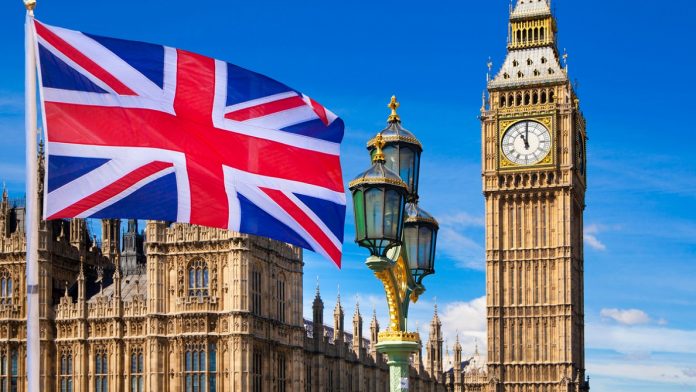After steadily declining across the start of the previous week, the pound euro exchange rate rebounded towards the end. The pair ended the week at €1.1681, just 0.5% lower. The pound was moving higher versus the weak euro in early trade on Monday.
| What do these figures mean? |
|---|
| When measuring the value of a pair of currencies, one set equals 1 unit and the other shows the current equivalent. As the market moves, the amount will vary from minute to minute. If the euro amount increases in this pairing, it’s positive for the pound. Or, if you were looking at it the other way around:1 EUR = 0.87271 GBPIn this example, €1 is equivalent to approximately £0.87. This measures the euro’s worth versus the British pound. If the sterling number gets larger, it’s good news for the euro. |
UK economic data impressed across the previous week. Unemployment unexpectedly declined to 3.9%, UK wages remained steady at 3.4% the fastest pace of growth since the financial crisis, inflation ticked higher and retail sales showed that the UK consumer was still spending. Yet investors as good as ignored the strong readings, instead focusing on Brexit developments.
Brexit pessimism dragged the pound lower until the EU granted the Britain an extension to Article 50 until 12th April.
Brexit will remain the central focus this week. Prime Minister Theresa May has lost a lot of authority and rumours are circulating of another plot to oust her. However, ministers are publicly supporting her.
Should Theresa May hang on to power, political commentators expect her to put her Brexit deal back to Parliament for a third meaningful vote. Should ministers pass her deal, the EU could grant an extension of Article 50 until May 22. Should her deal be defeated for a third time, Theresa May will need to decide to accept a no deal Brexit or to push back Brexit for a longer period of time. As investors interpreted this as a no deal Brexit being less likely, the pound picked up.
| Why is a “soft” Brexit better for sterling than a “hard” Brexit? |
|---|
| A soft Brexit implies anything less than UK’s complete withdrawal from the EU. For example, it could mean the UK retains some form of membership to the European Union single market in exchange for some free movement of people, i.e. immigration. This is considered more positive than a “hard” Brexit, which is a full severance from the EU. The reason “soft” is considered more pound-friendly is because the economic impact would be lower. If there is less negative impact on the economy, foreign investors will continue to invest in the UK. As investment requires local currency, this increased demand for the pound then boosts its value. |
Eurozone Slowdown Fears Linger
A slew of eurozone PMI data which showed that the eurozone economy was slowing by more than what analysts were predicting, unnerved euro investors and the financial markets as a whole. Friday’s PMI data fuelled concerns over the health of the manufacturing sector in both the eurozone and Germany, as they slipped further into contraction. With the eurozone economy slowing the European Central Bank (ECB) will be in no rush to hike rates. If anything, they could be more tempted to consider cutting rates.
| Why do raised interest rates boost a currency’s value? |
|---|
| Interest rates are key to understanding exchange rate movements. Those who have large sums of money to invest want the highest return on their investments. Higher interest rate environments tend to offer higher yields. So, if the interest rate or at least the interest rate expectation of a country is relatively higher compared to another, then it attracts more foreign capital investment. Large corporations and investors need local currency to invest. More local currency used then boosts the demand of that currency, pushing the value higher. |
This week euro investors have plenty of eurozone data to digest, starting with German economic sentiment data. In addition, there will be a flurry of speeches from ECB policymakers. The most watched speech wild be that from ECB President Draghi on Wednesday. Currently the ECB have adopted a more cautious tone, with the next rate rise forecast by the central bank in 2020. Any signs of a more cautious tone could send the euro lower.
This publication is provided for general information purposes only and is not intended to cover every aspect of the topics with which it deals. It is not intended to amount to advice on which you should rely. You must obtain professional or specialist advice before taking, or refraining from, any action on the basis of the content in this publication. The information in this publication does not constitute legal, tax or other professional advice from TransferWise Inc., Currency Live or its affiliates. Prior results do not guarantee a similar outcome. We make no representations, warranties or guarantees, whether express or implied, that the content in the publication is accurate, complete or up to date. Consult our risk warning page for more details.
This article was initially published on TransferWise.com from the same author. The content at Currency Live is the sole opinion of the authors and in no way reflects the views of TransferWise Inc.





